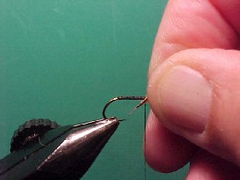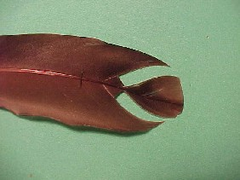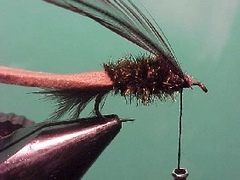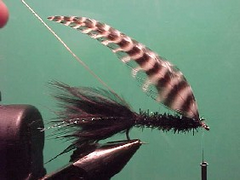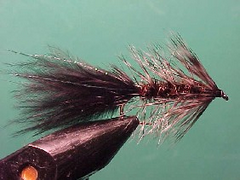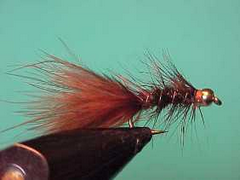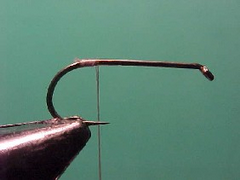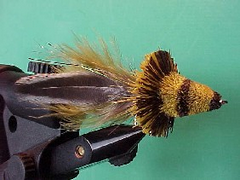Wings – dry fly feather tip wings
Feather tips for use as wings for a dry fly are most often taken from hackles but other feathers such as hen, blackbird, pigeon etc. are also used. Feather tip wings tied from fowl tips are generally thin and delicate but tips from other types of feathers can be a little more robust. In either case feather tip wings should be symmetrically.

